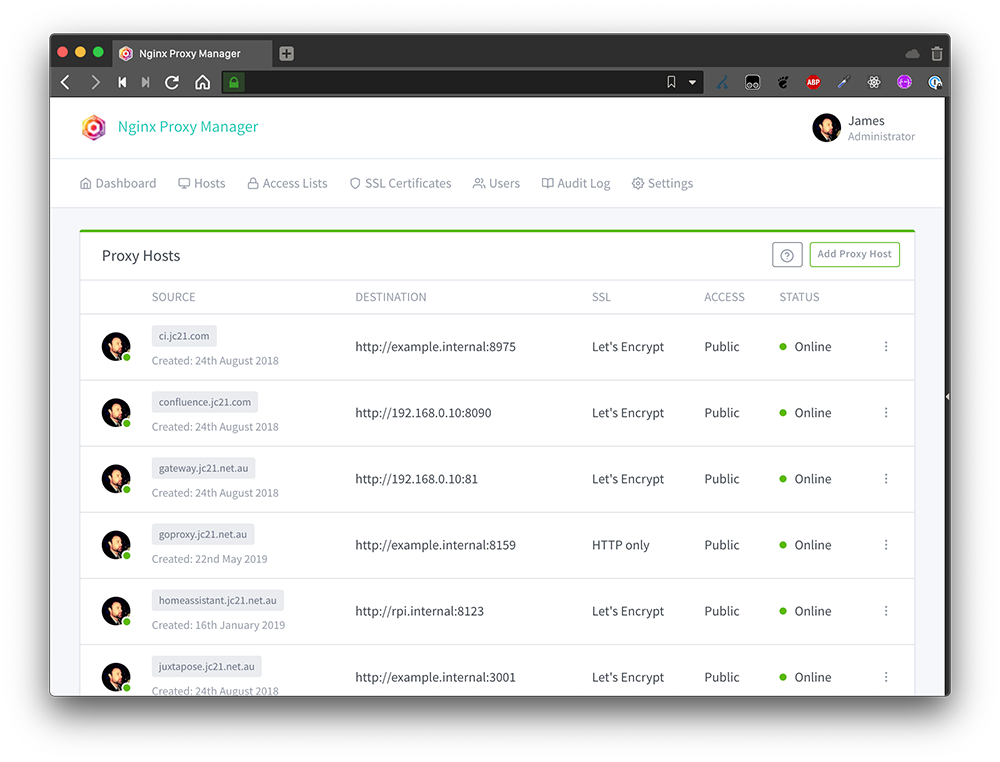In today’s world, data is currency, and it’s being collected at every turn. Windows 11 is no exception, collecting diagnostic and location data, app usage, and more. As a privacy-conscious person, I’m always looking for ways to limit the amount of data I share. The good news is Windows does have features you can disable that will limit what is collected.
[mai mult...]Apple’s iOS 26 has a New Design and tons of New Features
Apple just held its WWDC 2025 conference, where it announced what’s next as far as Apple software goes.
[mai mult...]5 Hidden features of your Apple watch control center
The Control Center on the Apple Watch is a quick and easy way to access some of the key features of your smartwatch. For example, if you want to see how much charge your Apple Watch has, you can press the side button to bring up the Control Center.
[mai mult...]Why your Homelab needs a domain
When I first got started with my homelab, everything was run on IPs and ports. If I wanted to access Nginx Proxy Manager, I’d have to navigate to 192.168.0.6:7818. For Scrypted, it was 192.168.0.152:10443 (different machines on different IPs).
You can see how running 10, 20, 30, or more services on a network could get really confusing, as ports could be the same on different IPs for different services. Overall, it was just a jumble of IPs and ports I was trying to memorize. It didn’t work well.
Going with a domain for my homelab allowed me to start to set up DNS resolution for local IPs. While I typically use my public IP, you could also use your local IP for the domain resolution, which allows it to only resolve on your LAN.
Now, instead of trying to navigate to 172.16.0.151:7818 for NPM, I just go to npm.mydomain.com. It’s much easier to remember, and if my LAN IP or port ever change for some reason, I don’t have to update my brain to remember the new info. I just update the DNS record, and now I’m heading to the same service with the same address, even though internally it’s located somewhere new.
How you can use Wildcards in Microsoft Excel to refine your search
Word on iPhone can turn your Voice Notes into documents
Microsoft Word on iPhone and iPad can now turn your voice notes into fully formatted documents.
[mai mult...]Google Wallet is working to make it even easier to Add Cards
Adding new cards to your Google Wallet is a pretty painless process, but imagine if you could get it started with nothing more than a tap. Google appears to be tinkering with a more convenient way to beef up your Google Wallet.
[mai mult...]How to stop Windows 11 from Auto-Installing device drivers
Notepad in Windows 11 is Getting More Copilot AI
The new Notepad update, version 11.2501.29.0, comes with two main features. The first one is a summarization tool, and the second is the Snipping Tool helping you make boxes and arrows more professionally.
[mai mult...]Windows Paint is getting more AI Art Updates
Microsoft is releasing an update for Paint that changes the layout of the Cocreator panel. The new version, 11.2502.121.0, will give you more power over how the AI creates artwork.
[mai mult...]
